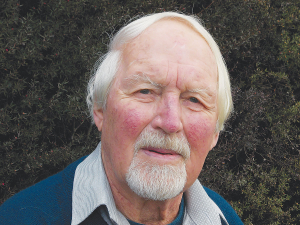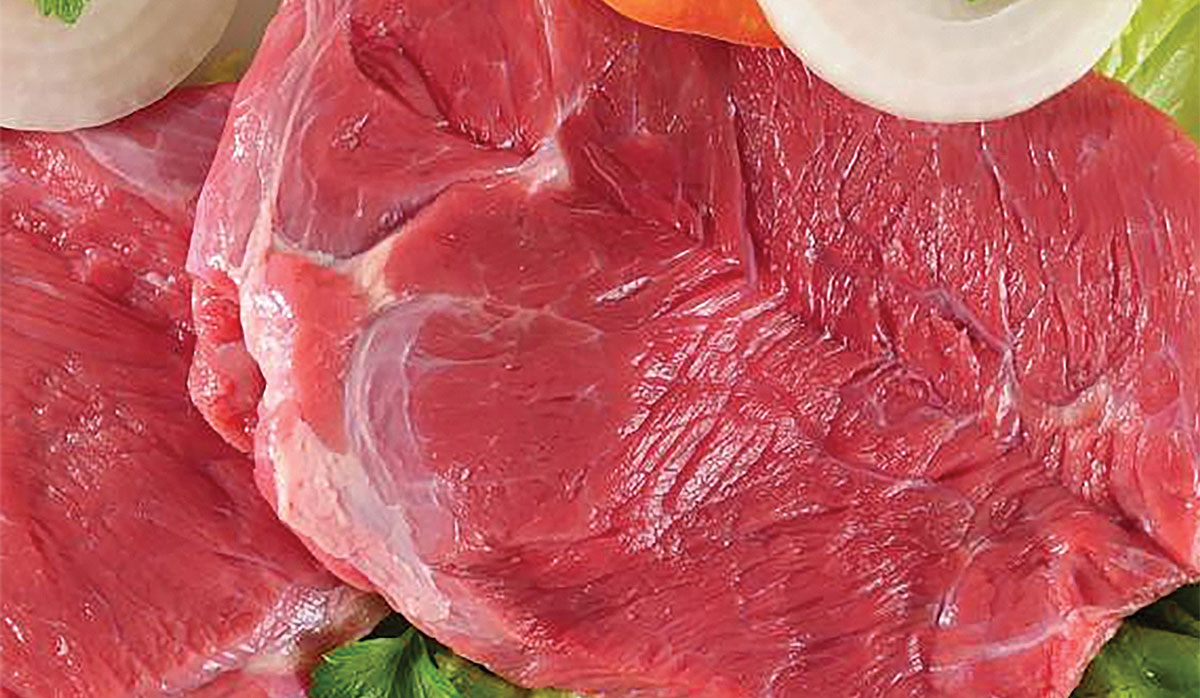Commitment needed to promote goats
Hill country farmers cannot ignore the goat meat market opportunities such as in North America, according to goat farming expert Garrick Batten. He outlines why in the third of his three part series on the topic.
 Garrick Batten reckons hill country farmers have a short-term option to improve labour, capital and feed efficiencies and bottom lines by producing goat meat.
Garrick Batten reckons hill country farmers have a short-term option to improve labour, capital and feed efficiencies and bottom lines by producing goat meat.
"Adding pastoral goats with suitable management is the production base to develop a niche in an existing market,” Garrick Batten claims.
Production and consumption in the Asia- Pacific region alone are now over 4 million tonnes with annual growth of 1 to 2% in the last 15 years, according to an IndexBox report. “Surprisingly, we have not applied our skills and expertise to producing, processing and marketing meat to this goat meat opportunity,” he says.
“But Australia has capitalised on this regional goat meat market, exporting 19,000 tonnes in 2021 for $270m, to South Korea, Taiwan, Japan, the Caribbean and North America.”
Batten says the Asian market usually prefers skin-on carcases, often with tail hair to show preferred black colour for medicinal as well as food value.
“But New Zealand does not include this product in its small 1,000-plus tonnes annual export.”
He told Rural News that Australia does supply this market and provided 94% of Korean imported goat meat. Australia also exports live slaughter goats by air, with often weekly shipments to Malaysia and Singapore.
However, numbers have dropped from 88,000 tonnes to 12,000 tonnes in the last six years, and Covid-19 has now dramatically reduced this trade. Australia also supplied 85% of USA imports last year with 60% of their exports.
“Meat and Livestock Australia report the range-land harvest has now reduced to 70% of supply but is still affected by seasonal conditions, fire and predators,” Batten explains. “So, exports fluctuated between 14,000 and 35,000 tonnes in the last 10 years.”
He says frozen whole carcases comprise 98.5% of this trade and carcase weights have also fluctuated between 14 and 17kg.
“But the most marked change has been the gradual increase in the price paid to farmers,” Batten adds.
“On the hooks (OTH) payments from 2015-2021 rose from $4.85 to $9 per kg.
That is now $10 for 8-10kg carcase weight with a slight discount for heavier weights,” he says.
 |
|---|
|
Batten is surprised the NZ meat sector has not applied our skills and expertise to producing, processing and marketing meat to the growing goat meat opportunity - especially in Asia. |
One leading exporter supplying a New Jersey marketing plant quotes $10.35 per kg for 6.2kg (14kg LW) and heavier carcases.
“Those prices should intrigue NZ farmers,” he says.
“While our current lamb prices are encouraging, Australian light lamb – shows their schedule dropping while the goat schedule increases, with a current 10% premium,” Batten claims.
He says that comparison and improving prices in the market has increased Australian farmers’ interest in producing goat meat.
He also noted that MLA has commenced a $5m five-year research package into improved reproductive rate and reduced kid losses.
Batten believes that the USA market is of particular interest, which will be covered in the next article.
“The fluctuating Australian supply is not helpful to market development and provides opportunities for our small supply of a different and better product.”
OPINION: Trade Minister Todd McClay and the trade negotiator in government have presented Kiwis with an amazing gift for 2026 - a long awaited and critical free trade deal with India.
Former Agriculture Minister Nathan Guy says he's excited about his new role as NZ's Special Agricultural Trade Envoy.
A pillar of New Zealand's horticultural industry, Dr Stuart Davis, was farewelled at a well-attended funeral service in Tuakau, South Auckland, on December 18.
A stable but uncertain year lies ahead for New Zealand primary products, says Ministry for Primary Industries (MPI) Director General, Ray Smith.
Additional tariffs introduced by the Chinese Government last month on beef imports should favour New Zealand farmers and exporters.
Dairy prices have jumped in the overnight Global Dairy Trade (GDT) auction, breaking a five-month negative streak.

OPINION: If the hand-wringing, cravat and bow-tie wearing commentariat of a left-leaning persuasion had any influence on global markets, we'd…
OPINION: With Winston Peters playing politics with the PM's Indian FTA, all eyes will be on Labour who have the…